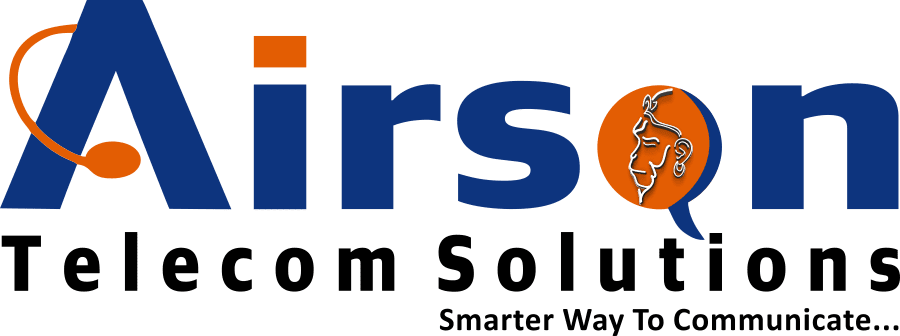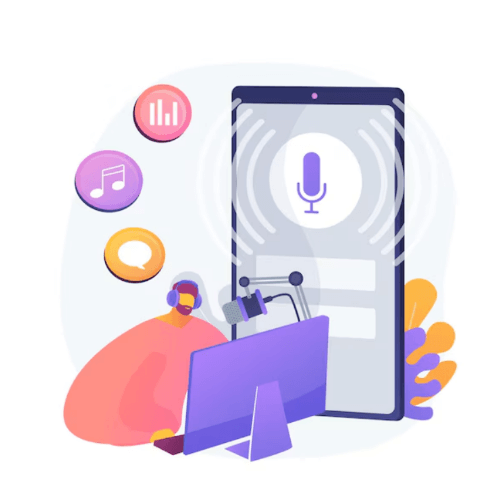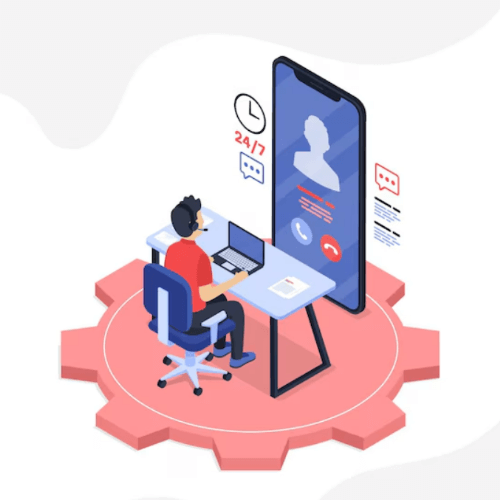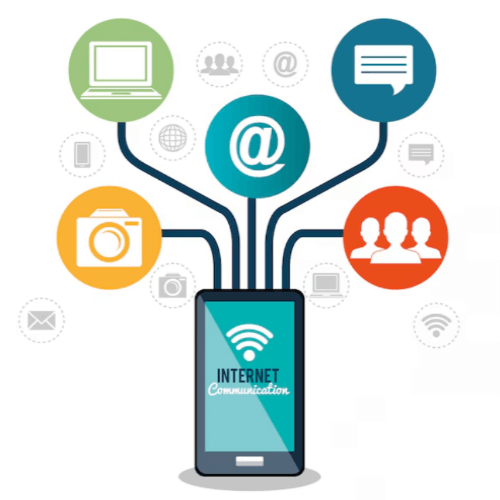Telephonic solutions encompass a range of technologies and services designed to facilitate communication over phone networks

























Telephonic solutions play a vital role in modern business communication, providing organizations with the tools to enhance customer interactions, improve efficiency, and support remote work








VoIP (Voice over Internet Protocol) Solutions
These solutions enable voice communication over the internet, often providing cost-effective alternatives to traditional phone systems. Popular examples include Skype, Zoom, and various business-oriented VoIP providers.
Call Center Solutions
These solutions are used by businesses to manage and optimize customer interactions through phone calls. They might include features like call routing, IVR (Interactive Voice Response), call recording, and analytics.
Telephony Integrations
Integrating telephony systems with customer relationship management (CRM) or other business software can enhance communication and streamline processes. For instance, integrating phone systems with CRM software can provide agents with customer information during calls.
Remote Work Communication Solutions
With the rise of remote work, telephonic solutions that support virtual team communication and collaboration have become essential. This could include tools like Microsoft Teams or Slack, which offer voice calling features.
Automated Messaging Solutions
These solutions use automated phone calls or text messages to deliver important information or notifications. They're commonly used in areas like appointment reminders, delivery notifications, and emergency alerts.
Mobile App Call Integration
Some mobile apps allow users to initiate voice calls directly from within the app, providing a convenient communication channel for users.
Unified Communications
These solutions integrate various communication methods, including telephony, email, instant messaging, and video conferencing, into a single platform.
Telehealth Solutions
In the healthcare industry, telephonic solutions can refer to telemedicine platforms that enable patients to communicate with healthcare providers remotely via phone or video calls.
Building Trust: A Client’s Experience with Us
1
2
3
4
5

" Microprixs built me a great app, as promised, on time and on budget.
The team was very responsive to my needs, able to communicate the technical details of the job easily so that a rookie like me could easily understand the process, and they contributed good ideas and creativity to the final product.

" Microprixs is by far one of the best companies that I had the pleasure of working with. Their focus on quality and smooth communication has helped us reach new goals that were before unimaginable. I would love to work with the dedicated team of Microprixs again.

" For the past three years, I've had the pleasure of working with Microprixs on multiple projects, and I can attest to their claim of being a 'one-stop shop for all things digital.'
They have consistently delivered outstanding results, but what truly sets them apart is their all-hands-on-deck, client-centric approach that has been instrumental in helping us achieve our goals.

"I want to thank all Microprixs team for take my web development project and help me to improve my website Thank you for your responsibility and seriousness at the time to do corrections and improvements on my website and for always be in touch with me. Highly recommended! Great team! I'm very thankful, Microprixs!

" Microprixs delivered a high-quality portal on time and within budget.
The team was highly professional, responsive, and forthcoming, demonstrating excellent adherence to timelines. Moreover, they were courteous and customer-oriented. They used virtual meetings and messages to communicate.
Your Ideas Matter—Reach Out and Let’s Create Together




